Porsche Cayenne Electric launched: The Cayenne goes electric with Veyron-beating power, petrol versions will live on
The Porsche Cayenne Electric has an astonishing 1140bhp in Turbo form, as well as some of the fastest charging of any production EV
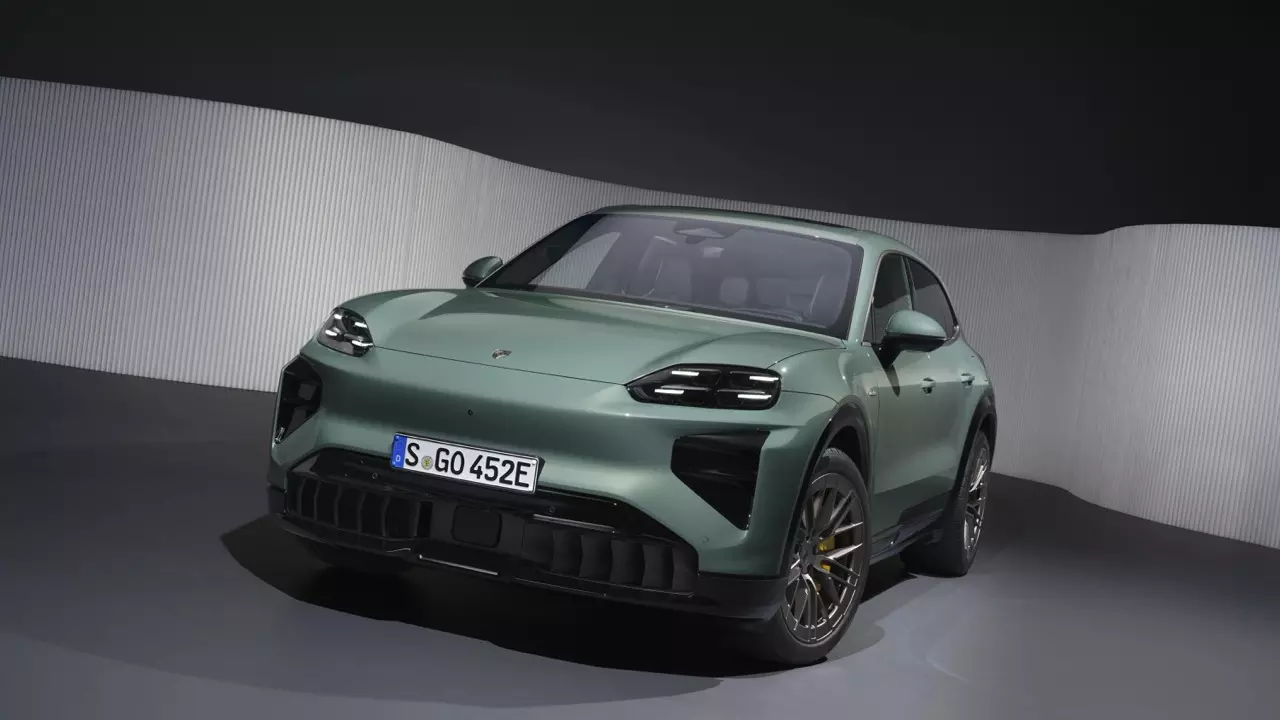
The Porsche Cayenne Electric will be offered in two versions – the standard Cayenne Electric and the Cayenne Turbo Electric
The most significant Porsche of the 21st century arguably isn’t a 911 or Boxster. Instead, it’s the Porsche Cayenne. The original dramatically changed the performance car landscape when it launched in 2003, proving that 4x4s could be fast and – dare we say it – fun to drive when engineered with the attention to detail of a sports car. Sales boomed, and the Cayenne allowed Porsche to ride out financial turmoil in the 2000s and continue to produce the pure driver’s cars we love.
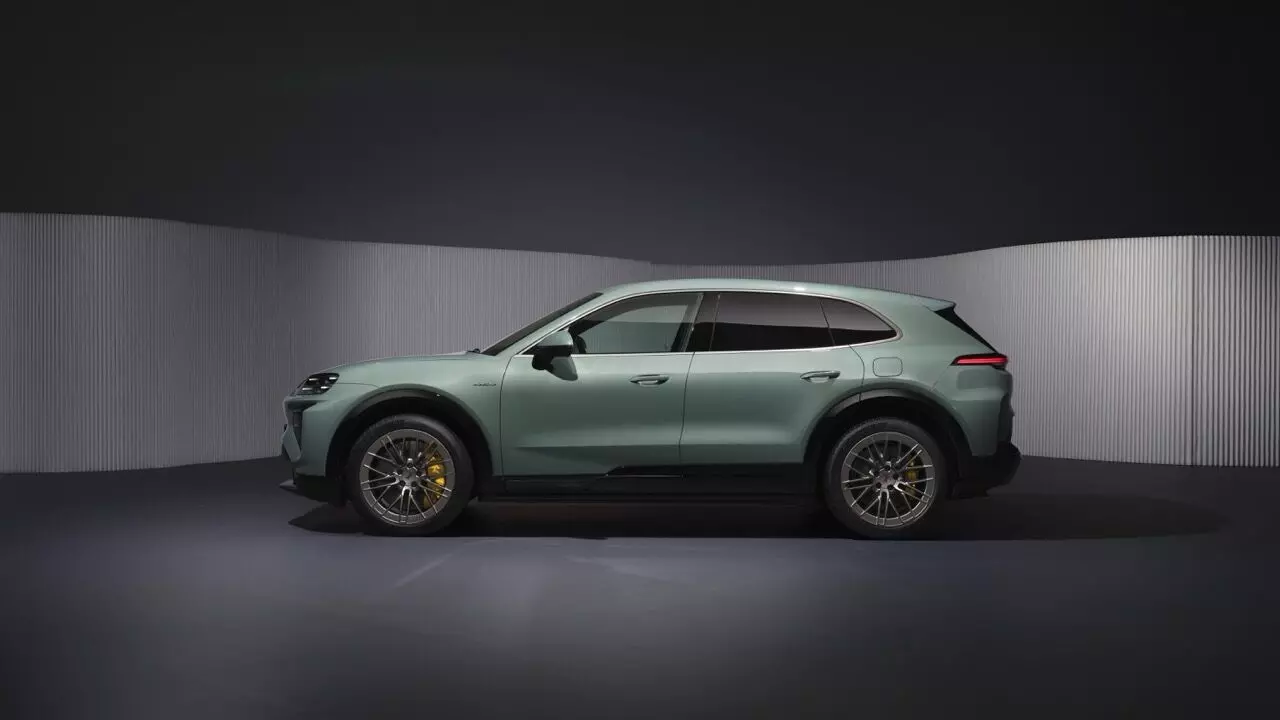
The new Cayenne has a different mission on its hands, but one that could be just as pivotal to Porsche’s future. It’s gone full electric, and in doing so is tasked with conquering the high end of the EV market, which has so far been a tough nut to crack (just look at Taycan residuals for proof). Porsche knows this already, having recently scaled back its EV plans due to poor demand, and is thus selling the new Cayenne alongside existing ICE versions.
On paper at least, the electric Cayenne does have the goods to deliver. It’s based on the 800-volt Premium Platform Electric architecture already used in the smaller Macan (and Audi’s Q6 e-tron), with some of the most impressive power, performance and charging speed figures in its class, as well as Porsche’s most sophisticated chassis and active suspension tech.
Two models are available at launch, the Cayenne Electric and the Cayenne Turbo Electric, both four-wheel drive with a motor on each axle. The base car generates 402bhp, with a steering-mounted push-to-pass button raising this to 436bhp for ten seconds. That’s enough for a 4.8 second 0-100kmph time and 230kmph top speed. There’s an enormous leap to the Turbo, which uses a newly developed drivetrain to develop a Ferrari 296-beating 845bhp. The boost function pushes this to 1140bhp – the most of any Porsche production car, allowing it to tick off 100kmph in 2.5 seconds and 200kmph in 7.4 seconds. Top speed is 260kmph.
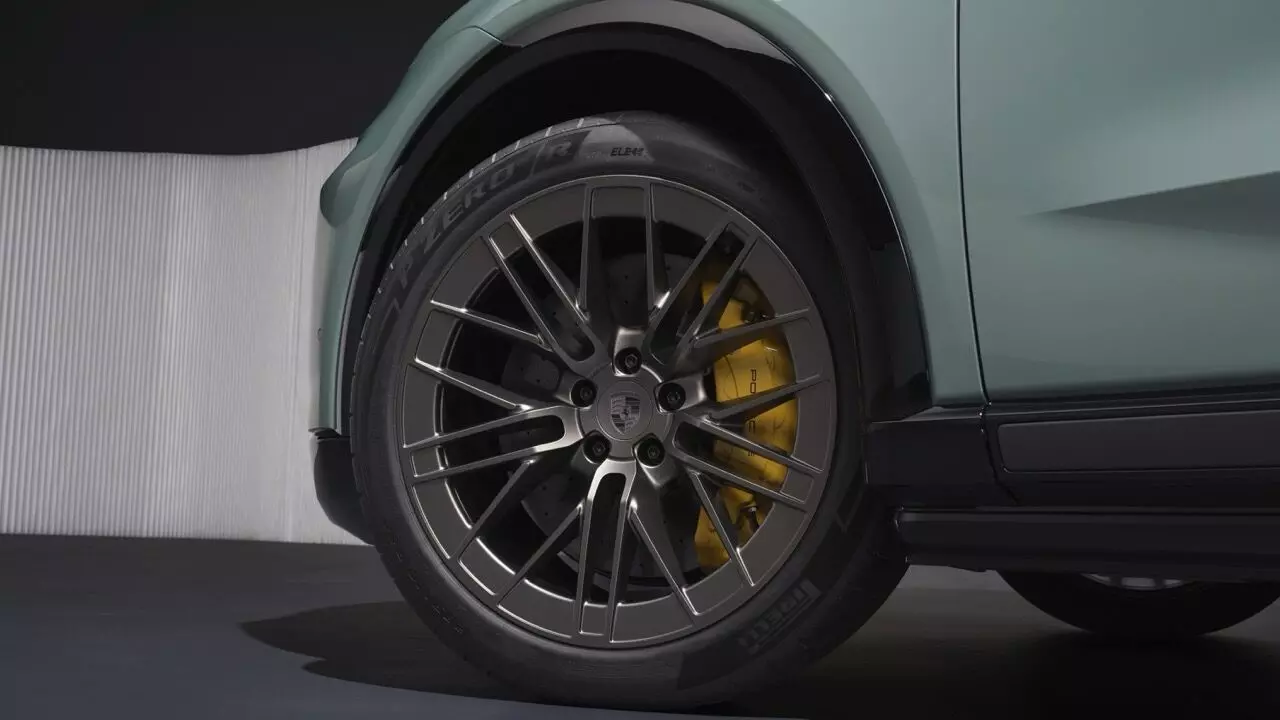
The Turbo’s motors use direct oil cooling to keep temperatures in check, and a Porsche Torque Vectoring Plus limited-slip differential integrated in the rear drive unit. Porsche Active Suspension Management is standard across both models, while rear-wheel steering is optional. Porsche’s electro-hydraulic Active Ride suspension can be specified on the Turbo, too. We’ve already sampled this on the Taycan and Panamera, and it has an uncanny ability to dial out pitch and roll while flattening large bumps in the road. Porsche says the Cayenne’s motors can deliver ‘Formula E levels’ of energy recuperation, and in normal driving 97 per cent of braking is handled by the regen. For that last three percent, the Turbo is offered with carbon ceramics as an option.
With peak speeds of 400kW, the Cayenne is one of the fastest-charging EVs on the market, and able to top up its 113kWh battery from 10-80 per cent in under 16 minutes. From a full charge the base car gets an impressive 642km of range, with the Turbo’s more powerful motors sapping 19km from that figure. There’s even wireless charging support as an option, which tops up the battery at 11kW when the car is parked above a floor-mounted charging plate.
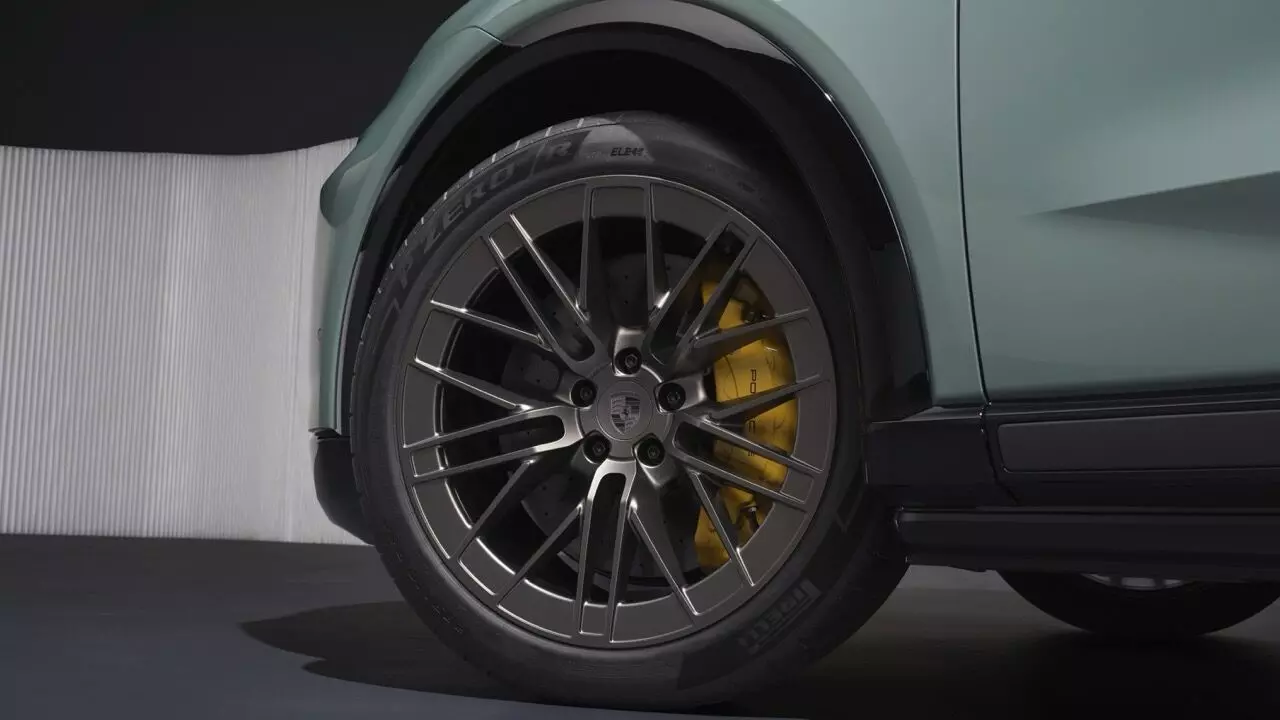
Active aero is part of how the Cayenne achieves these impressive range figures, with movable cooling flaps in the nose, an active roof spoiler and aeroblades at the rear of the Turbo helping to reduce the drag coefficient to 0.25. The body itself is 55mm longer than that of a petrol Cayenne, with a 130mm longer wheelbase improving rear legroom.

Inside, Porsche has crammed as many pixels as possible onto the dash, with a curved OLED central touchscreen, a 14.25-inch digital instrument pack and an optional 14.9-inch display for the passenger. It’s the most screen real estate ever in a Porsche, but we can’t help but feel that the architecture looks a bit generic as a result – particularly compared to the layout of older Cayenne’s, with their interior grab handles and tactile centre console switchgear.
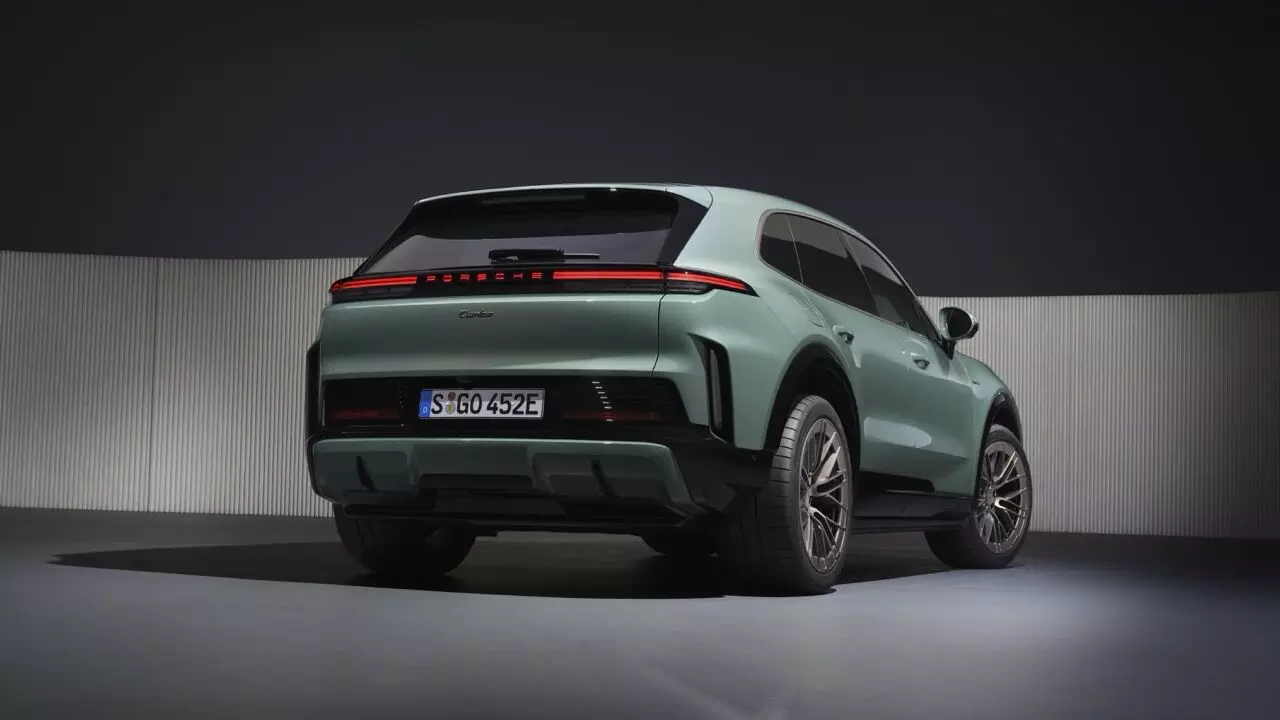
Though the new Cayenne is a dedicated EV at the cutting edge in terms of tech, customers who aren’t ready for battery power are still served by the existing petrol and plug-in hybrid models in the range, which will be sold alongside the new car. For perspective, prices for the base ICE Cayenne start from ₹1.38 crore, and the Electric begins at ₹1.75 crore. The Turbo Electric comes in at a heftier ₹2.52 crore, priced at ₹57 lakh more than the Cayenne GTS.


